Description
PHOENIX CONTACT QUINT-DIODE/40 (2938963) – High‑current diode module for reliable 12–48 V DC power redundancy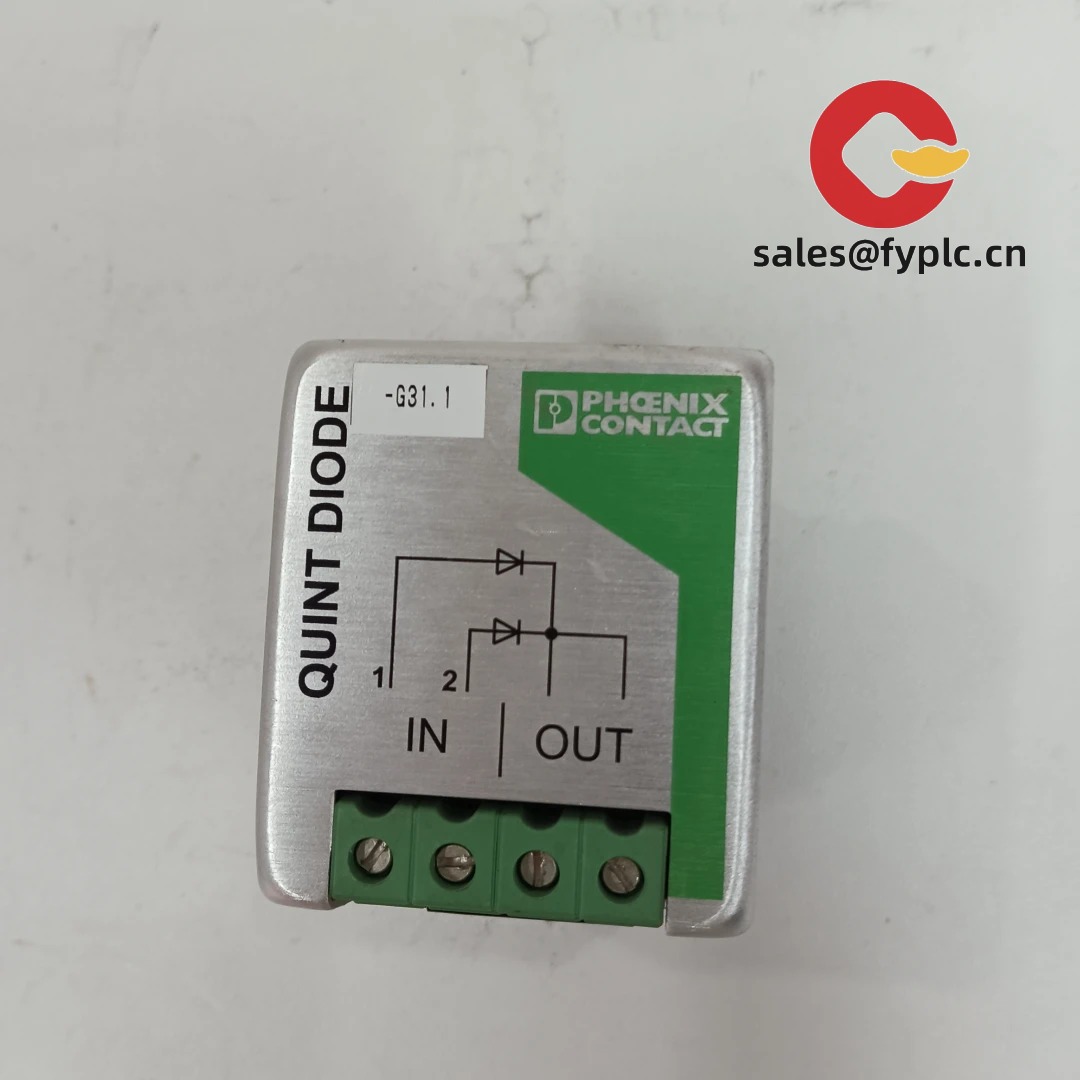
The PHOENIX CONTACT QUINT-DIODE/40, order no. 2938963, is a passive diode redundancy module designed to decouple two DC power supplies and keep the load powered if one source fails. From my experience, it’s the simple, rugged way to build true N+1 or 1+1 redundancy without adding another active device to your cabinet. It typically supports 12/24/48 V DC systems and handles up to 40 A total (2 x 20 A paths), which suits most mid-to-high current control applications.
Company’s Order Placement Process and Guarantees
- Warranty: 365 days
- Delivery time: 1 week if in stock; no more than one month at the latest
- Payment: 50% advance payment, full payment before delivery
- Express options: FedEx, UPS, DHL
Key Features
- 40 A diode redundancy – Decouples two supplies to one load; typically up to 2 x 20 A inputs or 1 x 40 A total, keeping the load alive if one source drops.
- Wide DC range – Suited for 12 V, 24 V, and 48 V DC systems (up to around 60 V DC max in many cases), so it fits common control voltages.
- Passive and robust – No added electronics or firmware; fewer failure points and predictable behavior under fault conditions.
- DIN-rail mounting – Quick installation on NS 35/7.5 rails; screw terminals for secure field wiring.
- True decoupling – Prevents backfeed between supplies and isolates short circuits, improving uptime and safety.
- Flexible architecture – Works with QUINT POWER, TRIO, or other industrial DC supplies to build N+1, 1+1, or buffered systems.
- Industrial temperature range – Designed for control cabinets in demanding environments; typically -25 °C to +70 °C.
Technical Specifications
| Brand / Model | PHOENIX CONTACT QUINT-DIODE/40 (Order No. 2938963) |
| Function | Diode redundancy module for decoupling two DC power supplies to one load |
| HS Code | 8536.90 (Electrical apparatus for switching/protecting circuits – other) |
| Power Requirements | Designed for 12/24/48 V DC systems; typically up to 60 V DC max |
| Rated Current | Up to 40 A total (e.g., 2 x 20 A inputs) |
| Signal Input/Output Types | 2 x DC power inputs, 1 x decoupled DC output; screw terminal connections |
| Communication Interfaces | None (passive device, no monitoring interface) |
| Operating Temperature | Typically -25 °C to +70 °C (observe derating and ventilation) |
| Installation Method | DIN rail mounting (NS 35/7.5), control cabinet use |
Application Fields
You might notice that the QUINT-DIODE/40 fits anywhere power continuity matters. Typical areas include:
- Machine building and packaging lines – keeping PLCs, HMIs, and IO running during a single PSU failure.
- Drives and motion systems – decoupling parallel supplies for servo controllers and fieldbus infrastructure.
- Process automation – redundant 24 V DC for transmitters, remote I/O, and safety controllers.
- Power/utilities and water treatment – robust DC distribution with isolation against backfeed.
- Transportation and intralogistics – conveyors, sorters, and robotics where uptime is critical.
A maintenance lead at a food plant told us the passive diode setup “just sits there and works,” and when they pull one QUINT supply for service, the line keeps running without a blip.
Advantages & Value
- High availability – Real redundancy with backfeed protection; a single failed PSU won’t take down the load.
- Compatibility – Pairs well with QUINT POWER and TRIO supplies; in many cases drop-in for existing 24 V DC rails.
- Cost-effective – Passive design means no configuration, no firmware, and typically lower lifecycle costs than active modules.
- Predictable thermal behavior – Simple diode path; just plan for expected voltage drop and light heat dissipation at higher currents.
- Global support – Recognized brand and standardized DIN-rail form factor streamlines spares and service.
Installation & Maintenance
- Cabinet & mounting – Install on NS 35/7.5 DIN rail in a ventilated enclosure; keep clearances for heat dissipation, especially near 40 A loads.
- Wiring – Use appropriately sized conductors and recommended fusing; torque screw terminals per manufacturer guidance. Keep input runs equal length when paralleling PSUs.
- PSU voltage matching – Set both DC supplies to the same nominal output (often ~24.3–24.5 V for 24 V systems) so current sharing behaves as expected through the diodes.
- Thermal considerations – Diodes introduce a small voltage drop; allow for a bit of power dissipation and airflow. From my experience, this is seldom an issue if the cabinet isn’t overcrowded.
- Routine checks – Quarterly: verify terminal tightness, inspect for discoloration, and test redundancy by isolating one supply. No firmware updates are needed (passive device).
- Safety – De-energize before servicing; confirm polarity on all DC connections; follow local electrical codes and labeling practices.
Quality & Certifications
- CE conformity and RoHS compliance for industrial control applications
- UL/cUL listings for control equipment (typical for QUINT accessories)
- Produced under ISO 9001 quality systems
- Manufacturer warranty typically 1 year; our sales warranty is 365 days
One thing I appreciate is how straightforward it is to specify: if your 12/24/48 V DC bus needs redundancy up to 40 A and you prefer a dependable, passive approach, QUINT-DIODE/40 seems to be the practical choice. If you need diagnostic signaling or active load sharing, we can also suggest compatible QUINT ORING modules—different approach, same cabinet footprint style.


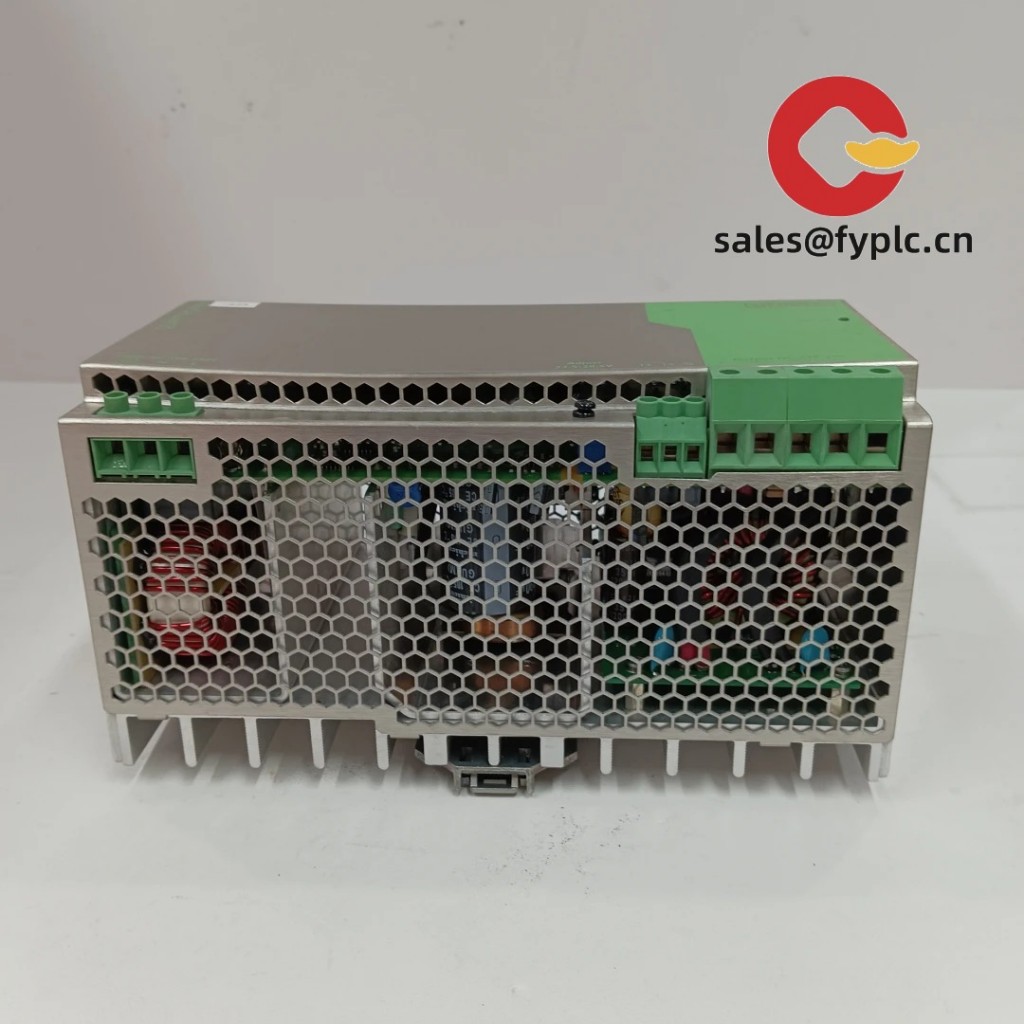
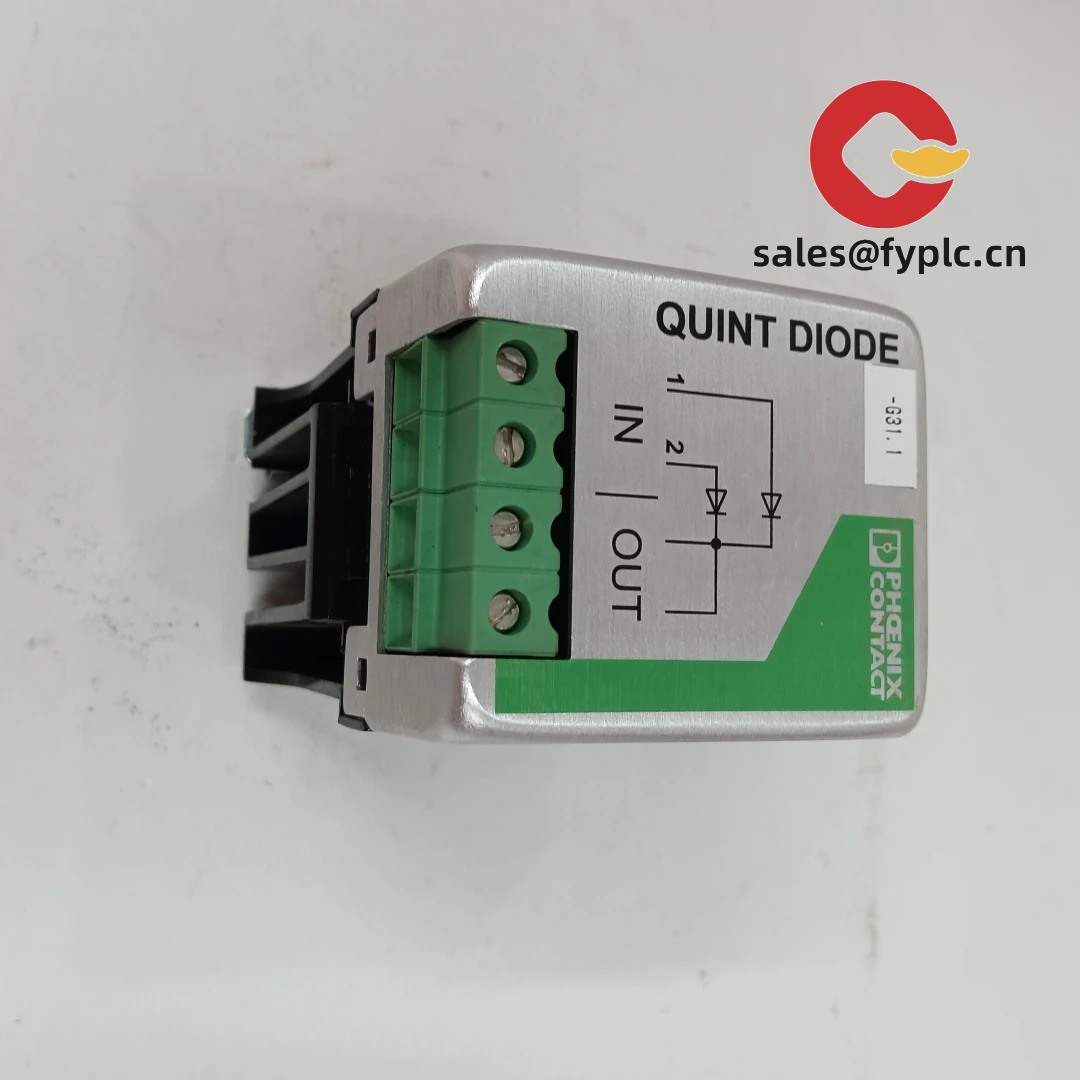



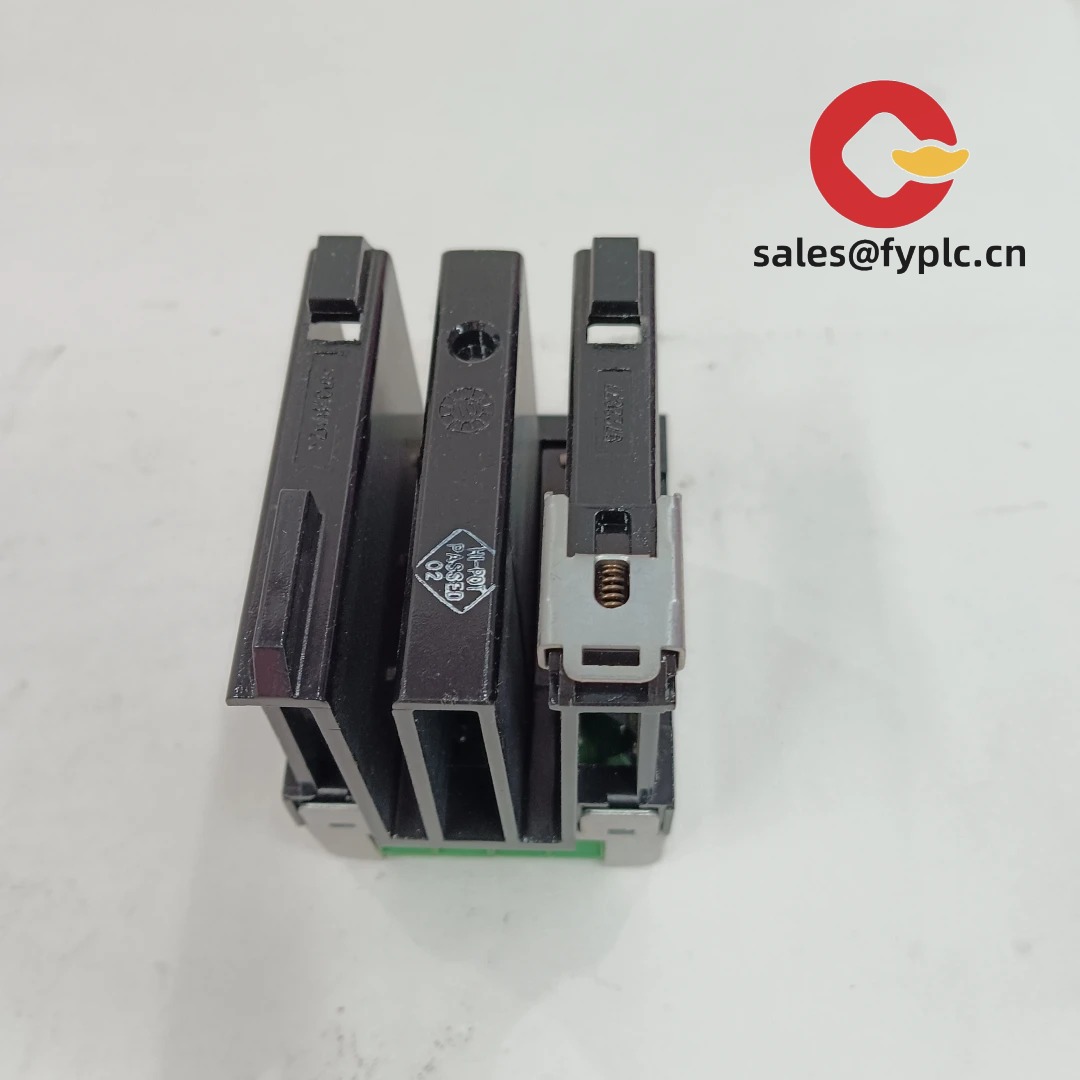
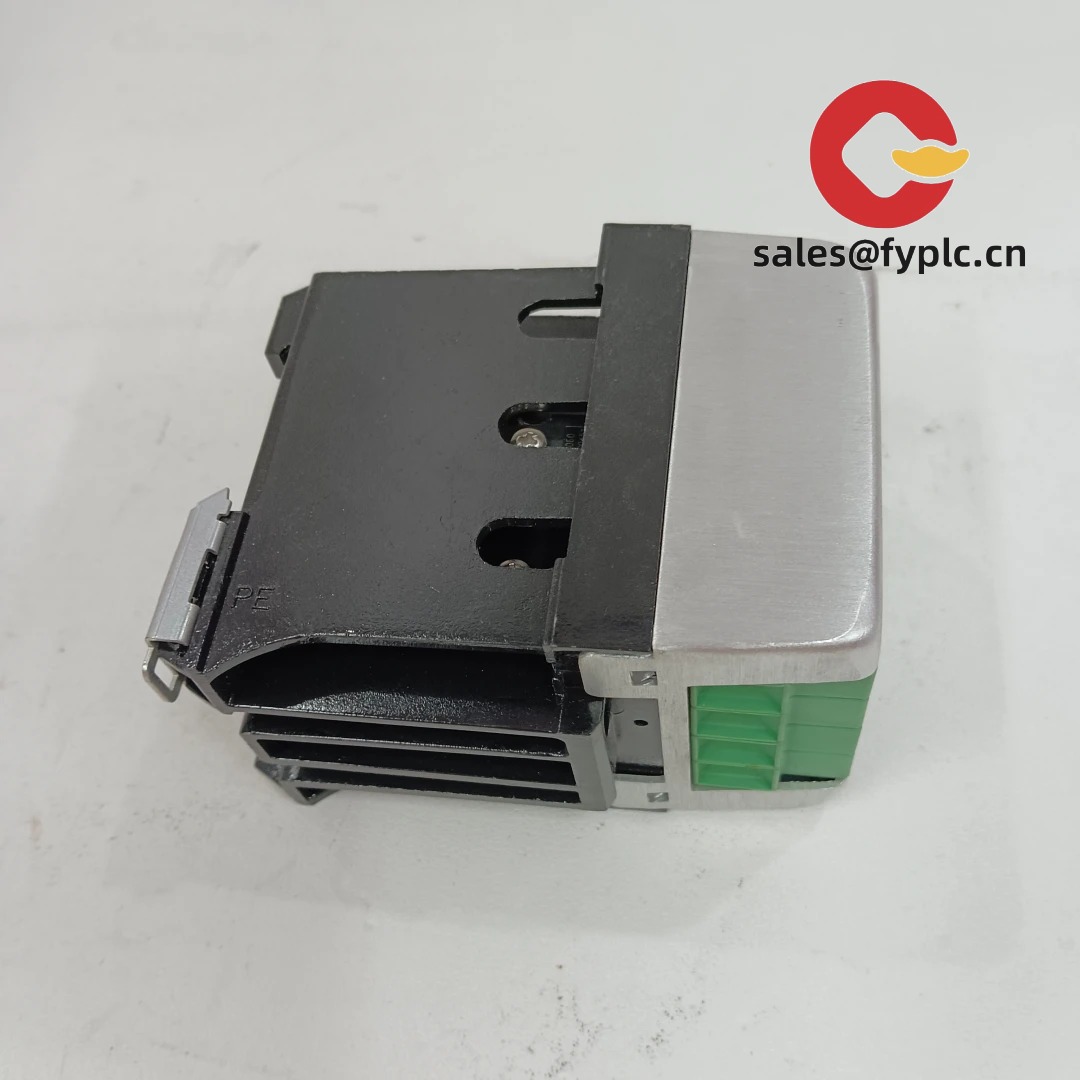

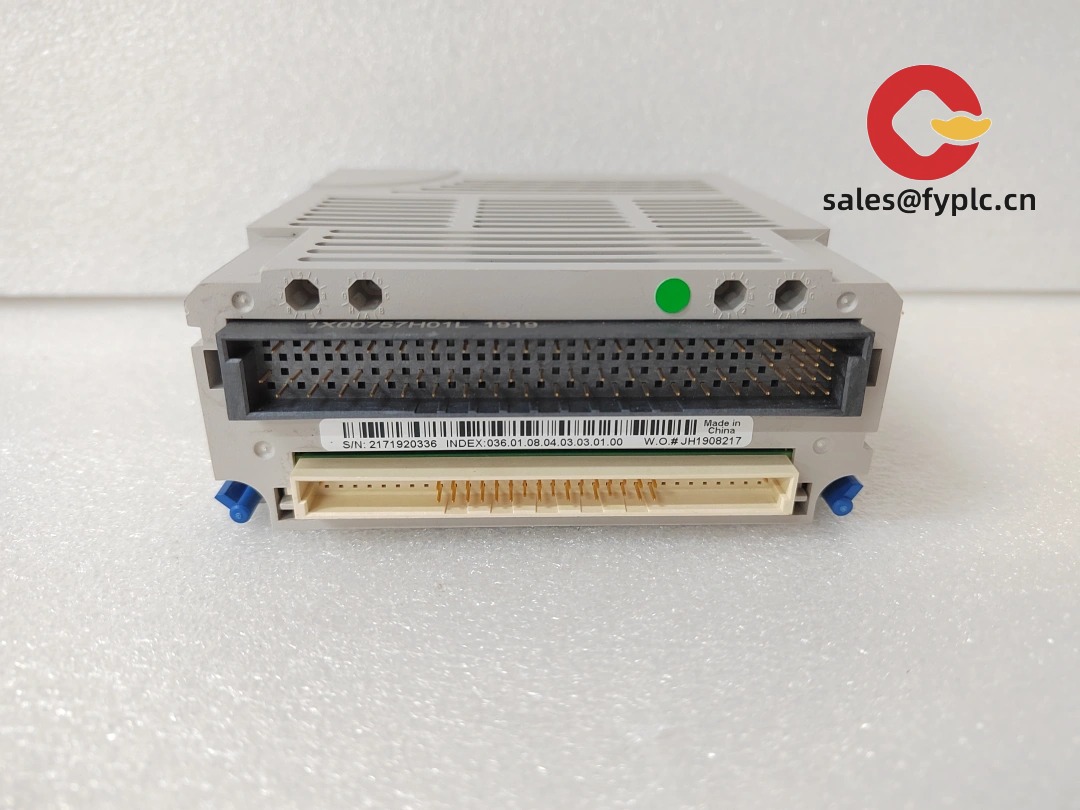


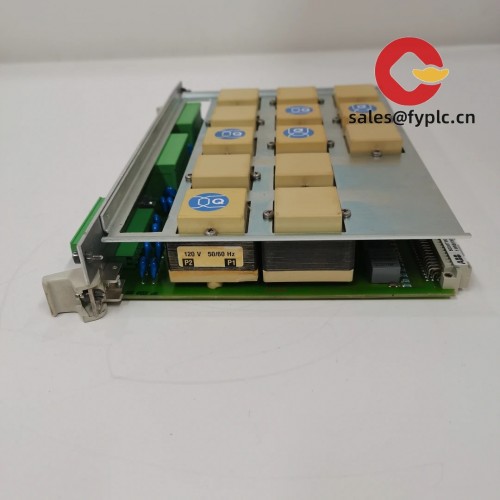
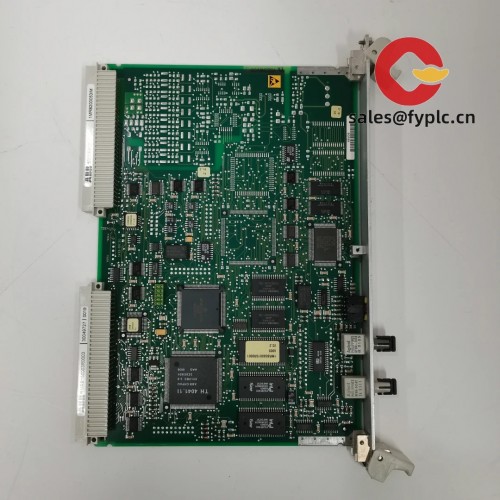
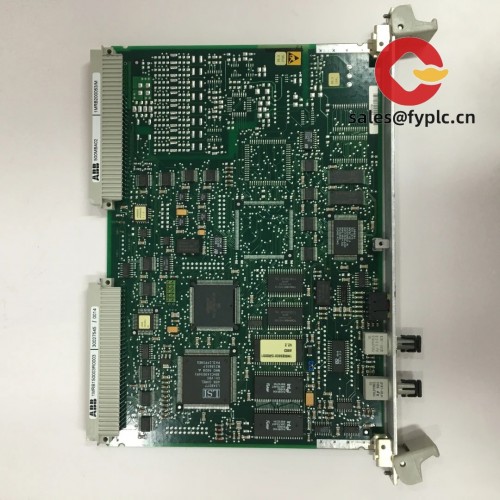
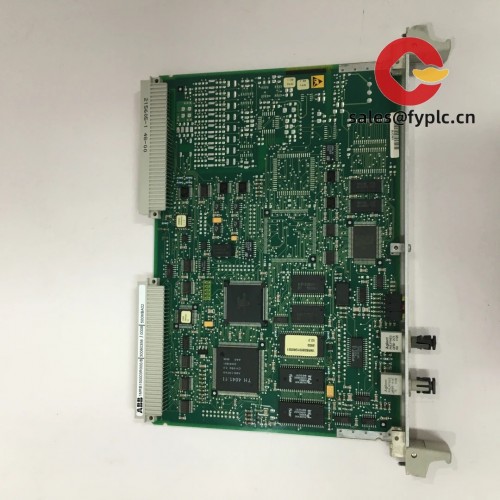
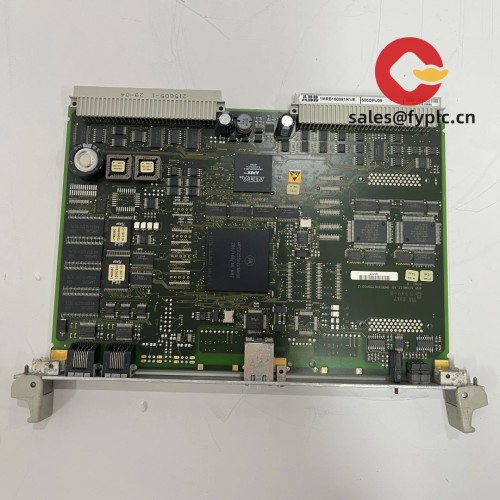


Reviews
There are no reviews yet.